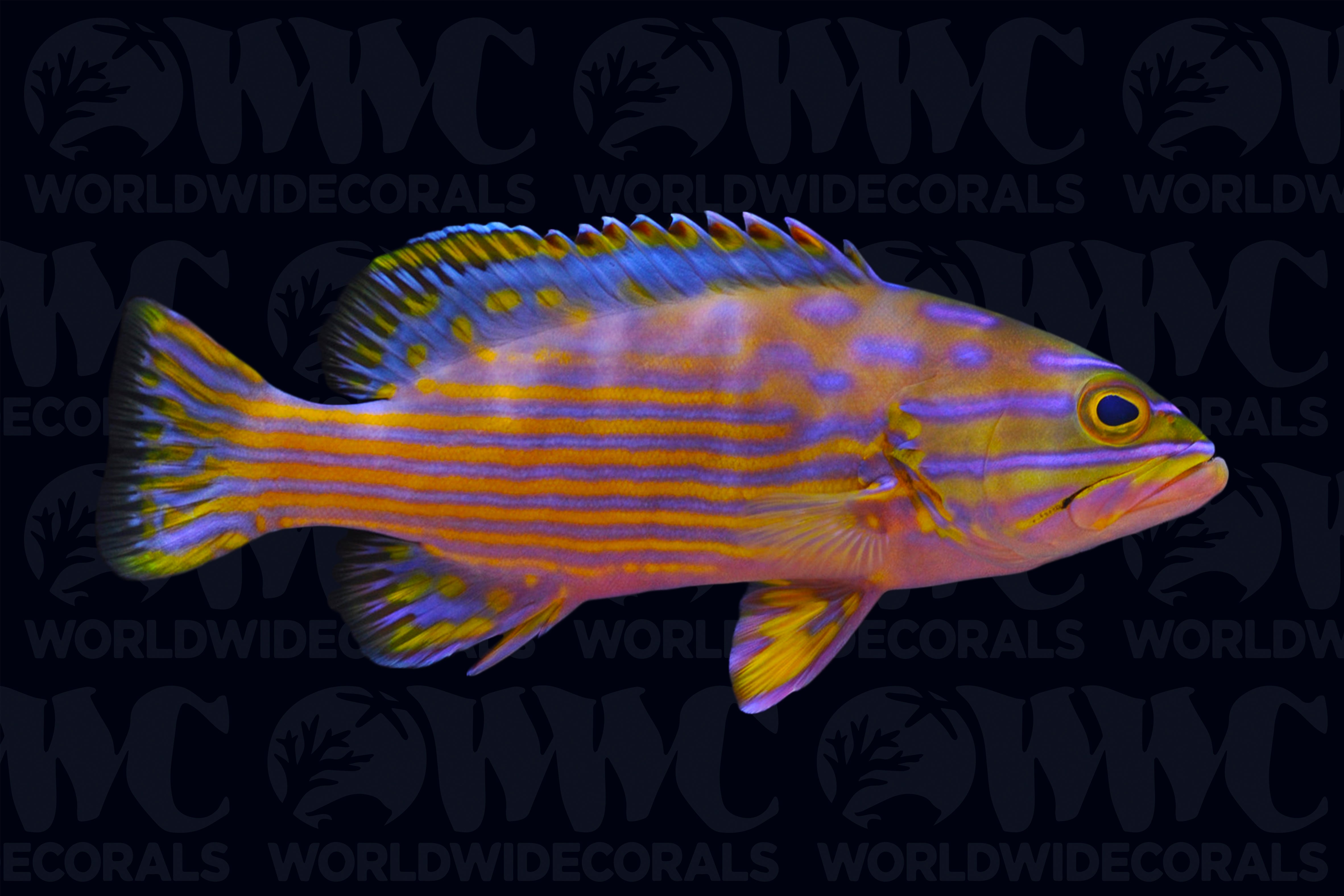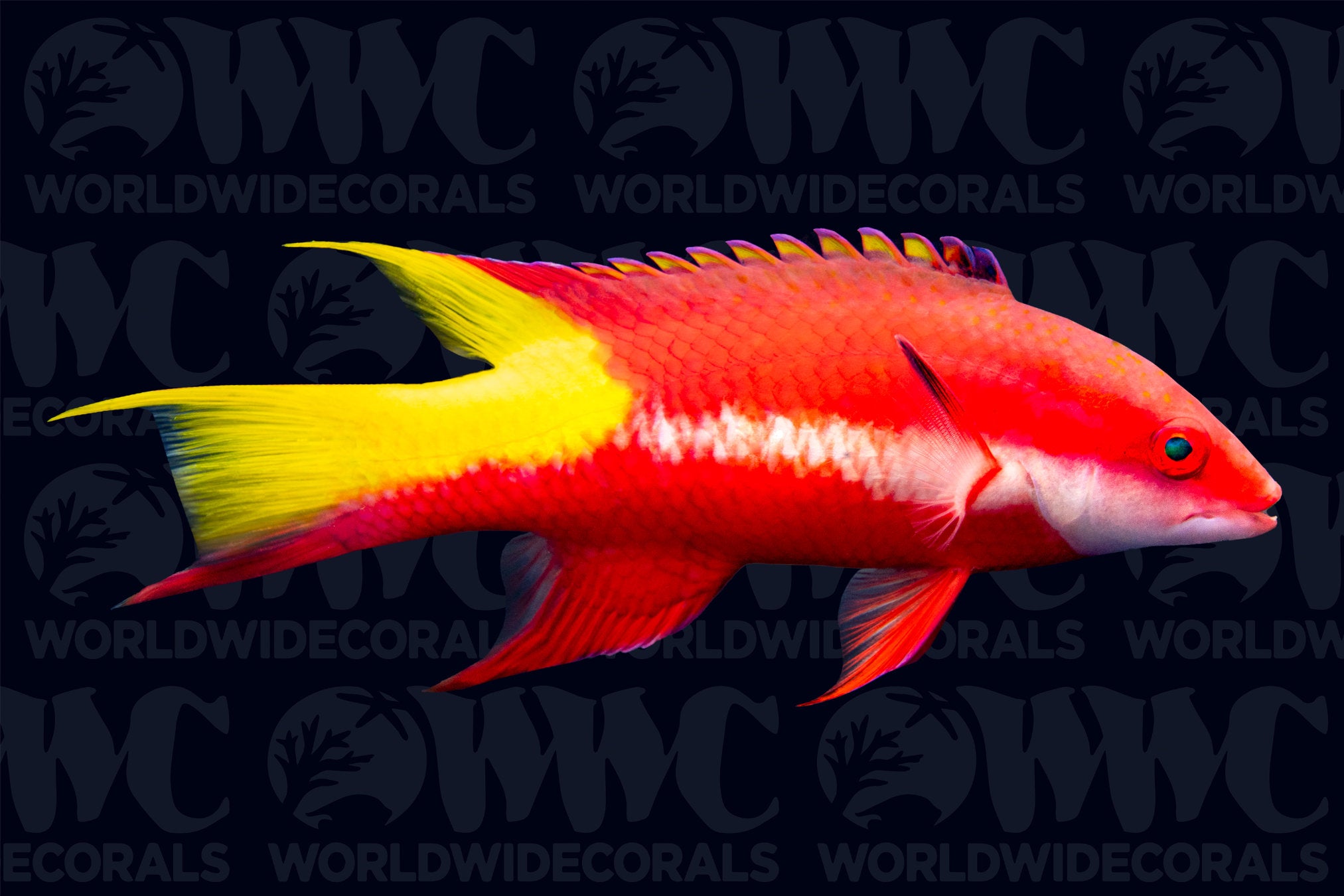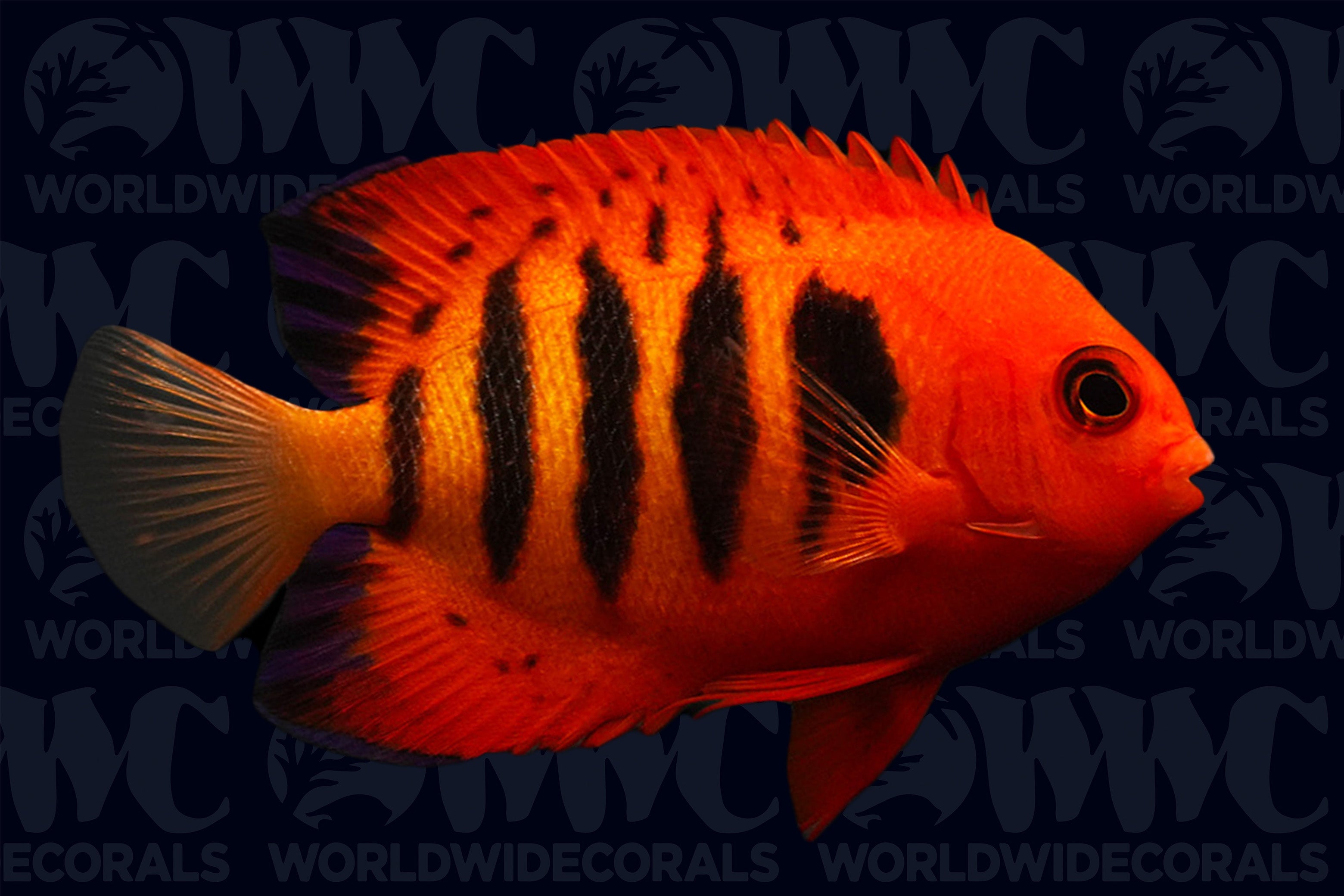Description
Pomacanthus imperator
Pomacanthus maculosus cf.
Angelfish come in a large array of colors, patterns and sizes that make them very appealing to all levels of hobbyists. Unlike Centropyge angels, this genus is known for having large adult sizes.
Pomacanthus maculosus cf.
Angelfish come in a large array of colors, patterns and sizes that make them very appealing to all levels of hobbyists. Unlike Centropyge angels, this genus is known for having large adult sizes.
3 DAY GUARANTEE | Hassle Free | 100% Satisfaction | Online Orders Only



























